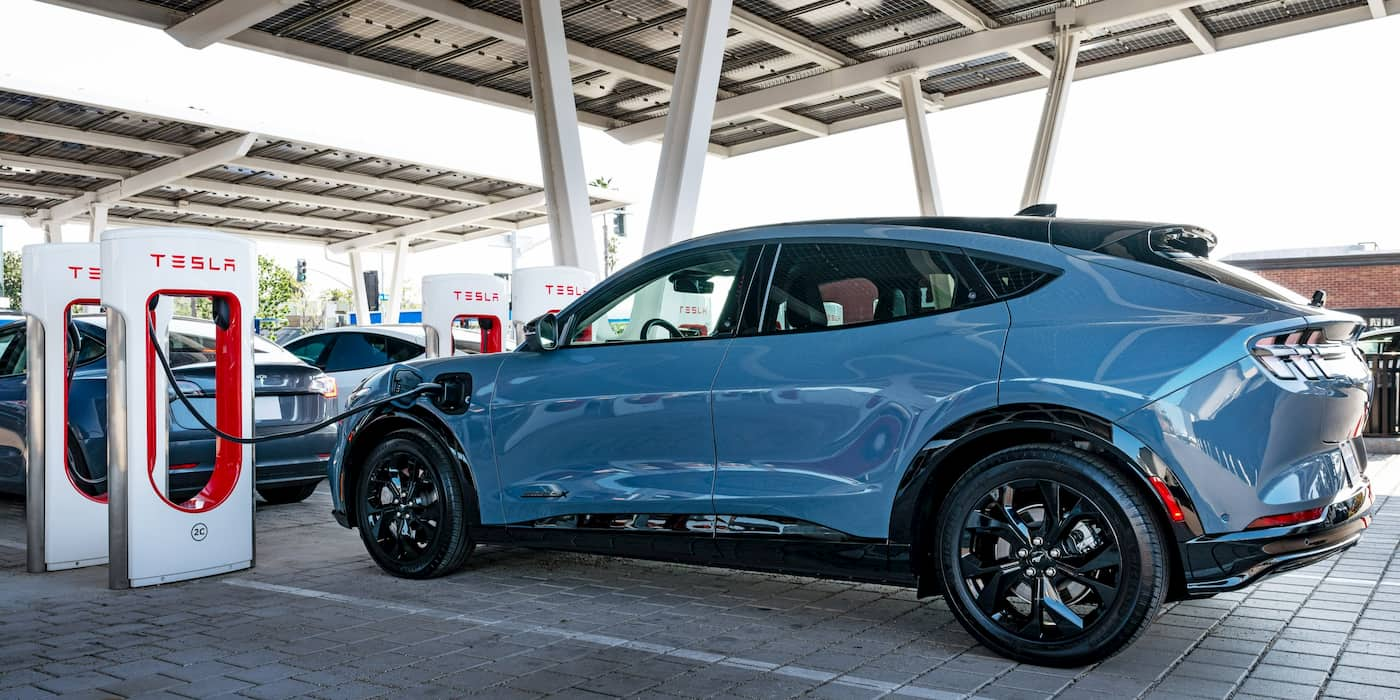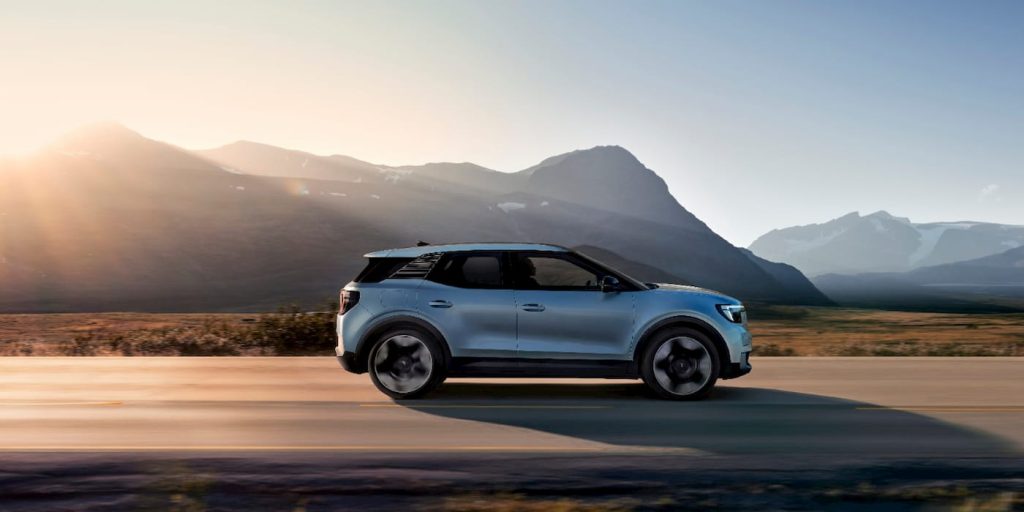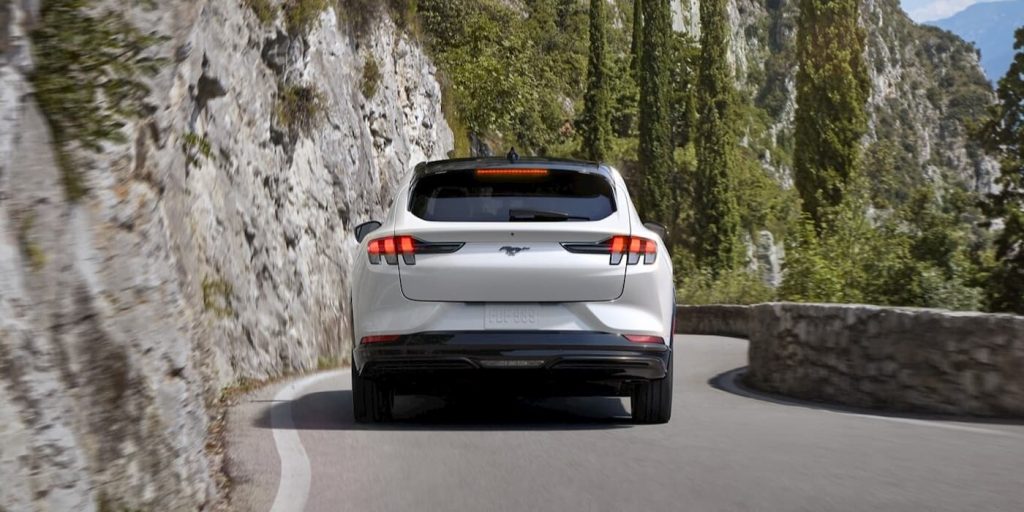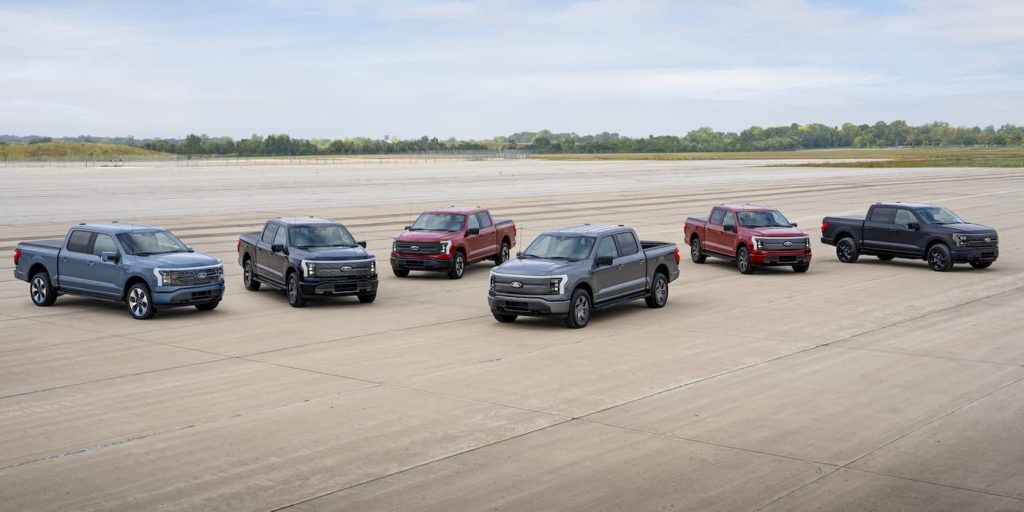
Ford is putting “everything on the table” to keep up with Tesla and fast-rising Chinese EV makers like BYD. In a new memo, Ford asked suppliers about ideas to cut EV costs after its Model e unit continued to bleed billions in Q1.
Like many rivals, Ford introduced significant price reductions to keep up with Tesla’s price cuts. Although the move has helped boost demand, it’s also costly.
For example, after dropping Mustang Mach-E prices 17% earlier this year, volume shot up by 141%.
Ford’s Mustang Mach-E was the second best-selling electric SUV last quarter, behind Tesla’s Model Y, with 9,589 units sold. That’s up 77% over Q1 2023. The F-150 Lightning remained the top-selling electric pickup in the US, with 7,743 models sold (+80% YOY).
All Ford electric vehicles saw double-digit (or triple-digit) growth in Q1, with E-Transit sales up 148% (2,891).
However, in its first-quarter earnings last month, Ford revealed its Model e EV business lost another $1.3 billion. The loss comes after Model e posted a net loss of around $4.7 billion last year.

The automaker expects the losses to continue piling up, with Model e projected to lose another $5.5 billion this year.
Ford has already delayed several projects, including its three-row electric SUV, as it works to “substantially reduce the costs of the batteries,” according to CEO Jim Farley.

Farley believes the company can better compete with smaller, more affordable EVs. As a result, Ford is shifting funding (including around $12 billion in EV investments) to optimize profitability.
Ford is asking suppliers for ideas to cut EV costs
Ford’s CEO stressed that Model E needs to “stand on its own.” To do so, Ford has already implemented several cost-cutting measures.
Its most recent is to work with its suppliers. In a recent memo (obtained by Crain’s Detroit Business), Ford asked suppliers for help cutting EV costs as it works toward profitability.

“We have all invested heavily in the success of the EV business, and we will all win or lose together,” stressed Ford’s chief supply chain officer, Liz Door. “To enable affordability, it is of paramount importance that our EV portfolio achieves further levels of material cost efficiency.”
In the note, Ford asked its suppliers to create “incremental cost-reduction proposals” for current and next-gen EVs. These include the F-150 Lightning, Mustang Mach-E, E-Transit, and P800 electric pickup and Ford’s larger electric SUV.

“We need your best ideas to drive cost reduction, even if they have been previously rejected by Ford,” Door said. With “Everything on the table,”
Ford is seeking investment ideas that support profitability. Examples of investments could include “commercial, design, content, footprint, and value chain” actions.
The actions could also involve “adjusting capacity downward where necessary, repurposing capital as needed, understanding spending curves and discussing all options,” the memo stated.
Electrek’s Take
Top comment by EhCanadian
In summary: Ford's plan to cut costs is to beg their suppliers to cut costs.
The problem is, Ford buys the entire Mach-E's drivetrain from 3rd party suppliers. That's how most automakers built "compliance cars". Ford's plan should be to design and build their EV motors, inverters, and chargers all in-house.
Ford is looking for anything to slow its EV unit from bleeding billions of dollars. The company expects every new EV to make money in the first 12 months of launching. To do so, working with suppliers will be critical.
Rivian is another company that has worked with its suppliers to gain control of costs. The EV maker invited supplier partners to its Normal, IL manufacturing plant to discuss win-win opportunities to cut costs.
Meanwhile, Ford is following Toyota with plans to introduce more hybrids as a bridge to its next-gen vehicles. A move that could set it further behind in the long-run.
If you’re in the market for a new EV, Ford’s recent price cuts make the Mach-E and F-150 Lightning even more attractive. You can use our links below to view deals on Ford’s electric vehicles in your area.
FTC: We use income earning auto affiliate links. More.




Comments